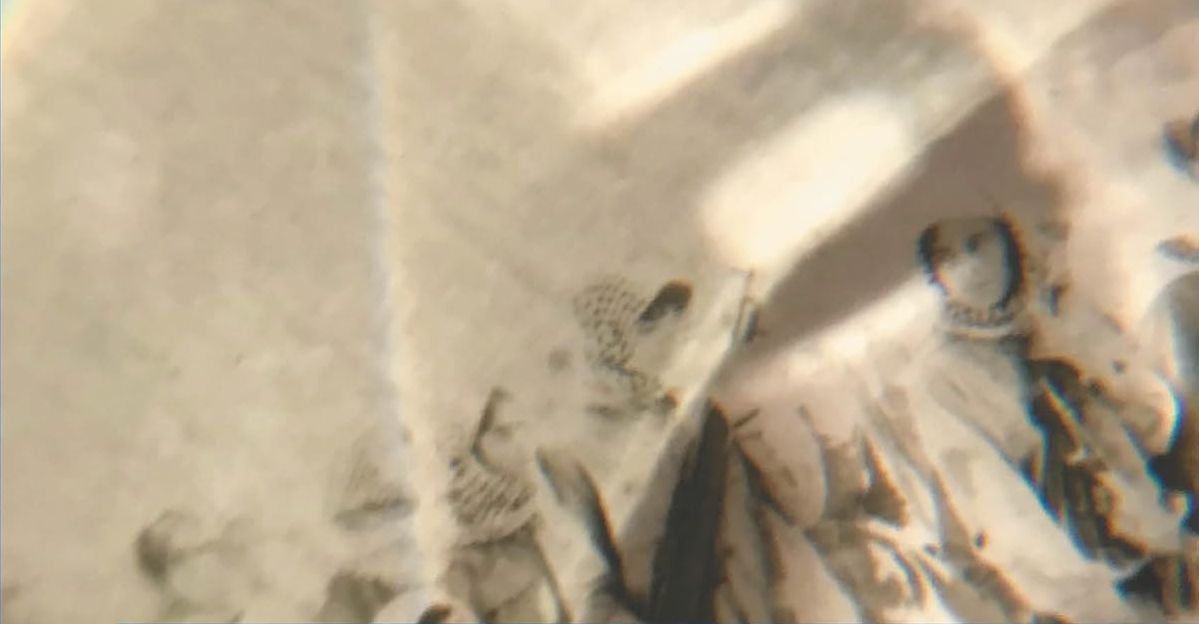Recently, videogame company 2K Games released the third instalment of the open-world crime series Mafia. By most accounts, it’s a fairly average game: a mix of the original Saints Row with Grand Theft Auto V, marred by bugs and partially implemented gameplay. But where it truly shines is its depiction of the world – a gorgeously rendered simulacra of New Orleans in 1968 called ‘New Boudreaux’. The game operates on two distinct levels: as a political commentary on the history of racism in America, and as a left-wing power fantasy targeted at white supremacy.
It’s also the first game of its kind: a high-budget project from a major studio that tackles real-world politics directly, with an overtly progressive bent. Most computer games lean centrist or right, and attempt to downplay or obscure their inherent politics; the original Mafia games were apolitical knockoffs of The Godfather at best. Considering the strong connection between geek culture and the so-called ‘alternative right’, proud supporters of the Trump administration, the inherently political approach of Mafia III makes it worthy of additional consideration.
While the writing staff were quick to distance themselves from the idea that the game is a straight depiction of race-relations in contemporary America, it’s impossible to actually experience the game without noticing a lot of similarities. In both cases, we see a lot of white people blaming other ethnic groups for what are usually economic problems, and a general sense of powerlessness in the face of a world that many characters describe as having become more violent and unfair. The protagonist, Lincoln Clay, is shown to fill a gap within society: as a combat-trained member of a marginalised group (he is a Black veteran) with the motivation, confidence, and raw ability to make a difference. The story even frames itself as a documentary from sometime in the present day, centred on the changes the protagonist made to the city. Much of the affect and nature of these changes is determined by the player, leading to an end that changes both the city, and the way that Clay himself is thought of afterwards.
The Mafia games have always been applauded for their world-building and stories, much more than for their gameplay, and the latest is no exception. Fans and critics have deplored the repetition: you spend most of your time either driving or shooting in an endless loop of similar activities, interspersed occasionally by a video or a more-memorable story mission. It means the game is overlong and often tedious, but it also gives you lots of time to think. You’ll spend a lot of time in New Bordeaux, and while you’re there, you’ll learn about its culture. You’ll notice that police responses are slower in the poorer districts, the differences between the news and music on the white and black radio stations, and see the ways that race and class collide in political discussions on the street.
And unlike other crime games, such as Saints Row or Grand Theft Auto V, the mood is simulatory, rather than satirical. There are references to the Black Panthers and the way the government responded to them, the racist history of Marijuana prohibition, and anti-communist sentiments, always quickly followed by references to American exceptionalism, the USSR, or the Vietnam War. What makes this experience educational is not just the information you receive, but the way that you receive it. There’s little exposition in the game, at least when it comes to sociopolitical realities, but you pick it up as you go along by living in the space.
In the opening mission, Lincoln Clay and a white character go undercover to attempt to rob the Federal Reserve. The other character explains that even though he ‘isn’t racist’, he’ll be forced to use some ethnic slurs to fit in with the other people working in the building. This is validated by the casual racism in the scene that follows, where as soon as Clay walks in the door, a guard remarks: ‘Sad day when a God-fearing white man can’t get a job, but any old n–– who staggers in is hired on the spot’, which not only sets the tone for the entire game, it also meant that when I later had to make a choice on whether or not to kill a tied-up white man who had supposedly agreed to help us, I chose to shoot him in the head. As a Black character in a world with so much racism, I felt the man was too much of a risk. I’ve no idea if this was the right decision, but ideas about the morality of violence in response to racial tension permeate the narrative.
As critic Dustin J Siebet writes, the game:
doesn’t just handle racism with big-boy drawers – it depicts black Louisiana with attention to authenticity. I’ve spent enough time in New Orleans, Baton Rouge and the small black river town where my pops grew up to recognize the game’s accuracy in distinguishing the accents of the rich whites from the poor blacks. Sammy Robinson, the ill-fated black mob leader and Clay’s surrogate father, is voiced by an actual Jamaican actor with a thick West Indies accent that vacillates between English and French. It also doesn’t capitulate to potential critics by making Clay some type of black savior; he’s our hero, but he’s a complex character and not exactly a good guy.
By creating a believable depiction of the world of 1968, Mafia III allows us to explore its similarities to the world today. And while the tension between enjoying it as a power fantasy and acknowledging the issues that it raises might have been uncomfortable for critics, it has also helped to bring those issues to a wider audience.
If empathy is too much to hope for from our interactive media, then at least such games might be able to provide us with an education. The reactionaries in the gamer community are already too far gone and dismissing Mafia III accordingly, but that won’t affect this game’s cultural importance. It is the highest selling game in 2K’s history, and it innovates on several levels. While I didn’t find it quite as fun as DOOM or Civilization VI, it was my favourite title of the year, elevating itself above the competition with its brave, confronting politics.
While it’s difficult to know how much of this was intended by the developers, or even if the form itself is able to express or depict progressive politics, it represents a step towards the evolution of the industry. Hopefully it opens the door for more radical and creative videogame narratives in the years to come.
Image: Still from Mafia III



